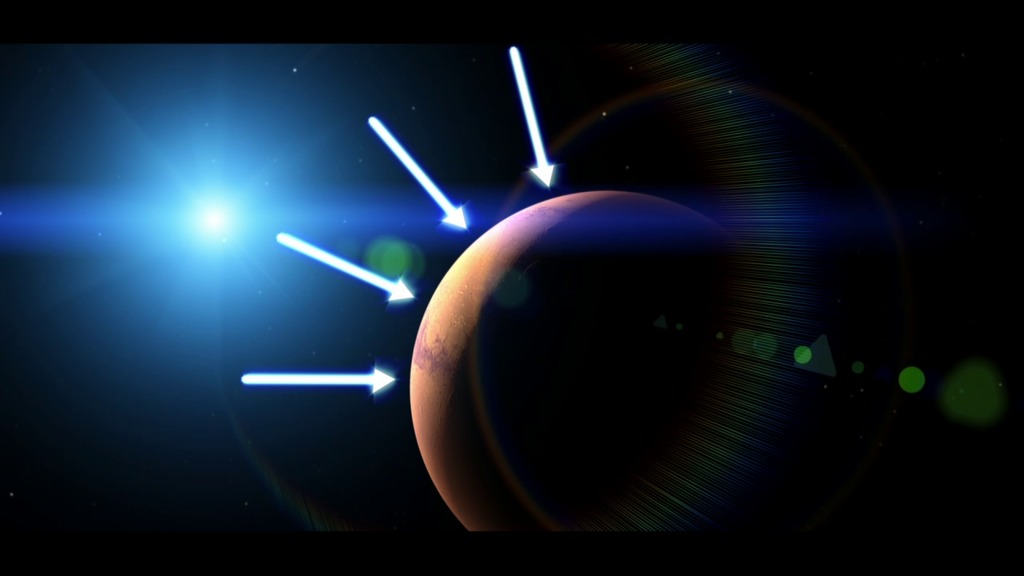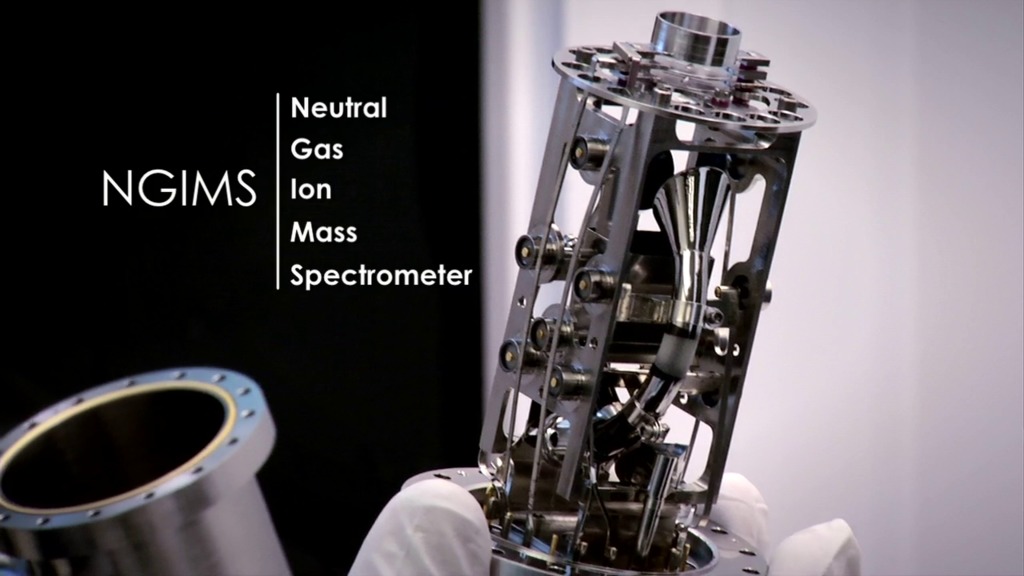MAVEN National Air and Space Museum Presentation
Ancient riverbeds, crater lakes and flood channels all attest to Mars's warm, watery past. So how did the Red Planet evolve from a once hospitable world into the cold, dry desert that we see today? One possibility is that Mars lost its early atmosphere, allowing its water to escape into space, and NASA's Mars Atmosphere and Volatile EvolutioN (MAVEN) spacecraft will investigate just that. On September 25, 2013, MAVEN Principal Investigator Bruce Jakosky delivered a presentation at the Smithsonian National Air and Space Museum, discussing NASA's next mission to Mars. An edited version appears below.
MAVEN (Mars Atmosphere and Volatile EvolutioN) is NASA's next mission to Mars, designed to figure out how the Red Planet lost its early atmosphere to space. Principal Investigator Bruce Jakosky discusses Mars's missing atmosphere and the challenges of building the MAVEN spacecraft.
For complete transcript, click here.
Credits
Please give credit for this item to:
NASA's Goddard Space Flight Center
-
Animators
- Walt Feimer (HTSI)
- Chris Meaney (HTSI)
- Chris Smith (HTSI)
- Michael Lentz (USRA)
- Ryan Zuber (UMBC)
-
Video editors
- David Ladd (USRA)
- Dan Gallagher (USRA)
-
Narration
- Bruce Jakosky (LASP)
-
Producers
- Dan Gallagher (USRA)
- David Ladd (USRA)
-
Scientist
- Bruce Jakosky (LASP)
-
Project support
- Aaron E. Lepsch (ADNET Systems, Inc.)
- Swarupa Nune (Vantage)
- Pat Kennedy (HTSI)
- Dean Fick (Smithsonian National Air and Space Museum)
-
Videographers
- Rob Andreoli (Advocates in Manpower Management, Inc.)
- Michael Randazzo (Advocates in Manpower Management, Inc.)
Release date
This page was originally published on Friday, November 8, 2013.
This page was last updated on Wednesday, May 3, 2023 at 1:51 PM EDT.
Missions
This page is related to the following missions:Series
This page can be found in the following series:Tapes
The media on this page originally appeared on the following tapes:-
MAVEN NASM 2013
(ID: 2013090)
Wednesday, October 30, 2013 at 4:00AM
Produced by - Dan Jacob (Global Science and Technology, Inc.)



